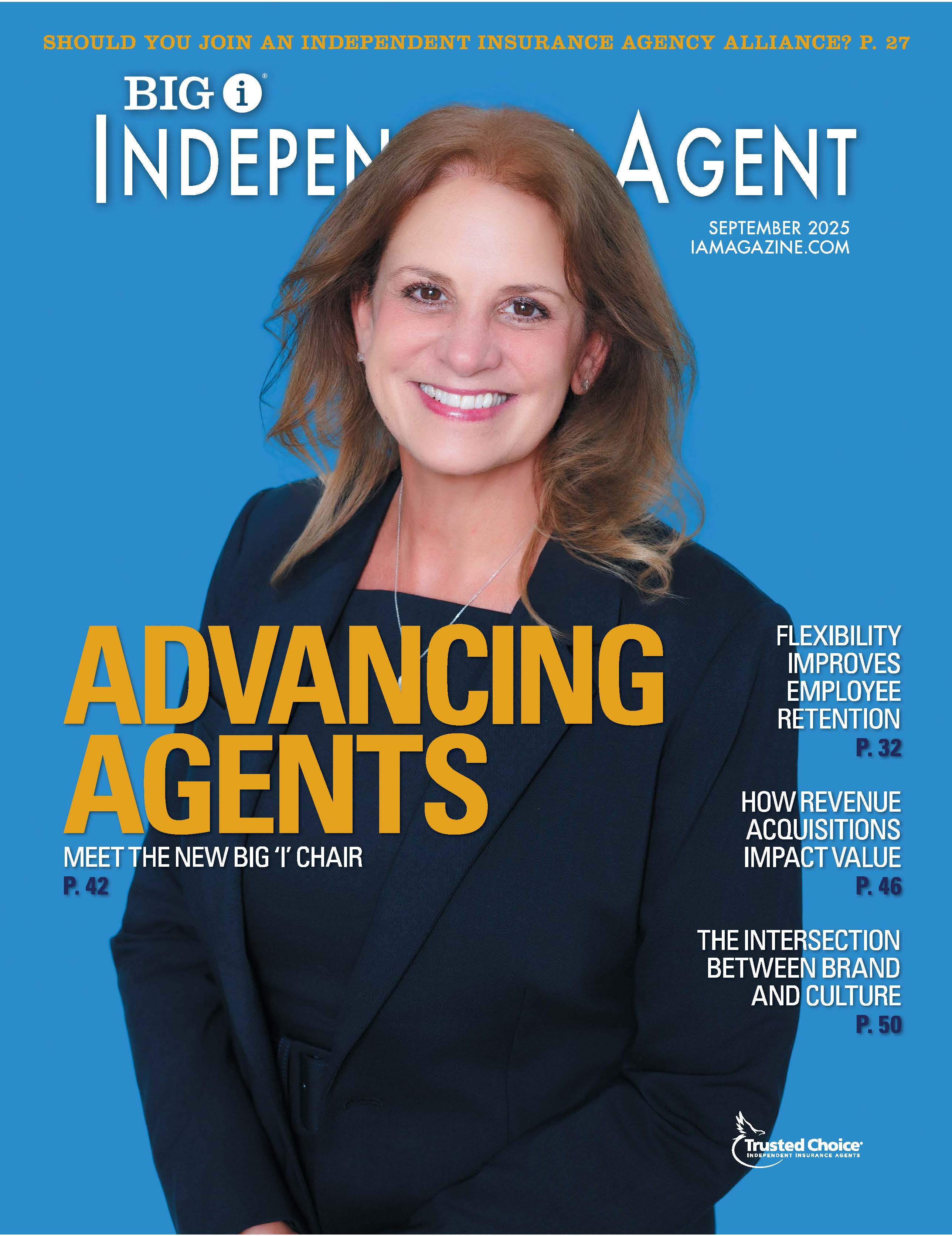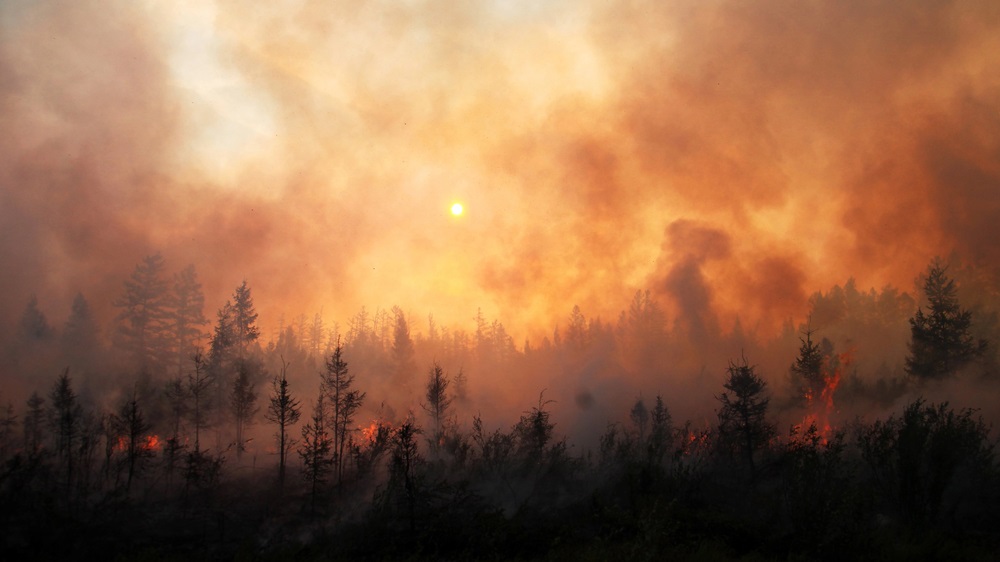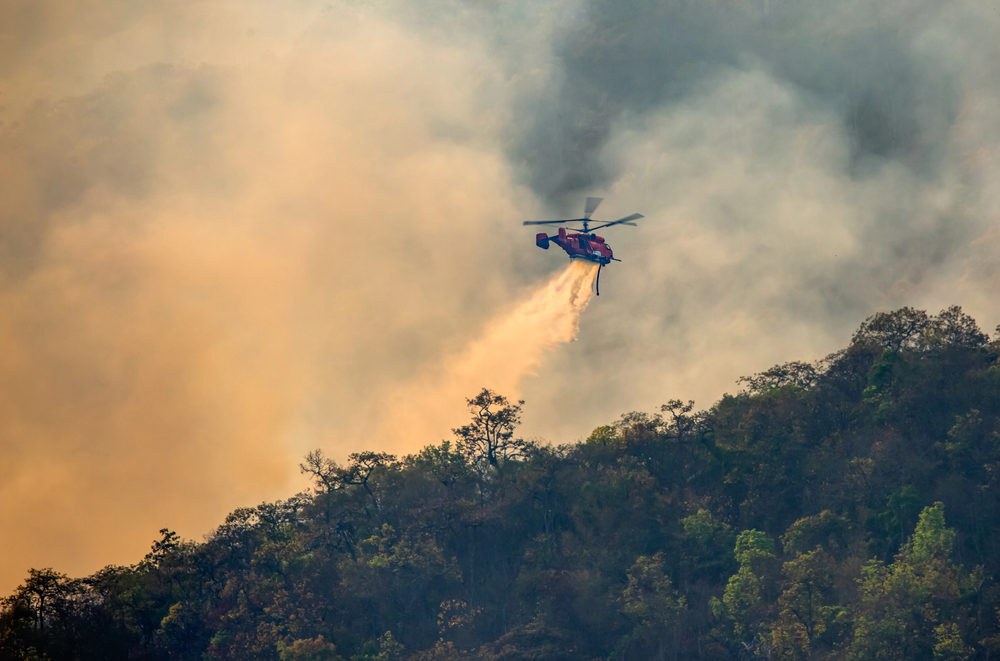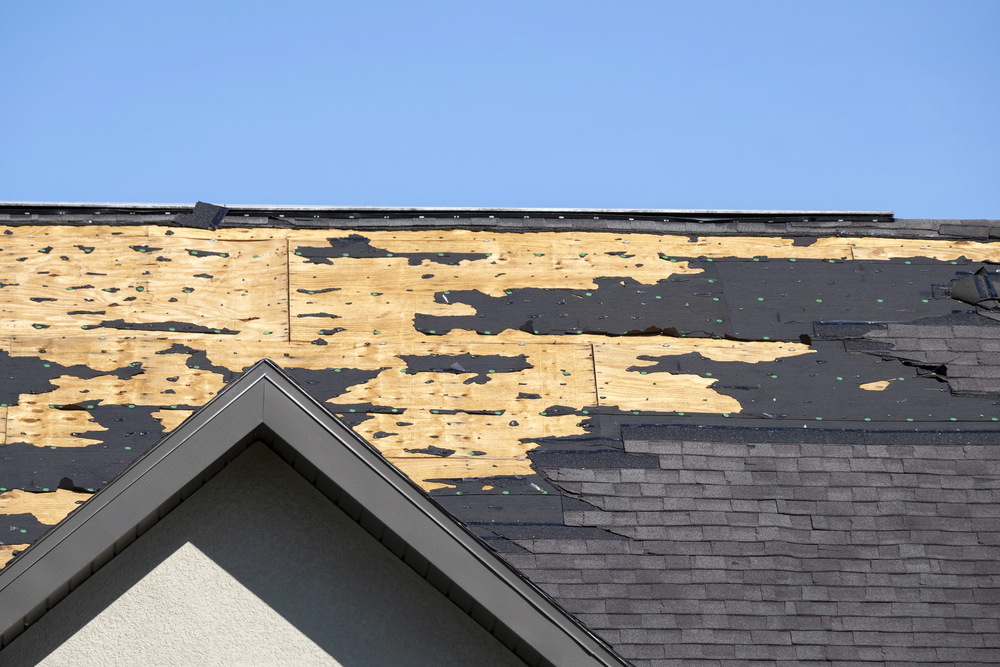Before Disaster Strikes, Ask Art Collectors Eight Questions
By: Anne Rappa
In the aftermath of Superstorm Sandy, an art dealer sat alone in the basement of his art gallery space pulling artwork out of dirty Hudson River water. Some artwork was moved to be stabilized, while some was left out to dry. Other pieces were a total loss.
At Huntington T. Block Insurance Agency’s request, the insurer assessed the circumstances of this particular claim and agreed to extend coverage under the terms of the policy, which included the costs associated with hiring art handlers and subsequently triaging the artwork. This action helped prevent further damage from occurring while reducing related claim expenses. A knowledgeable loss adjuster was live on the ground to assist with the process, helping the art dealer make informed decisions.
Far too many art-related losses could have been prevented with appropriate risk management or a disaster preparedness plan. This is especially relevant as extreme weather continues to hit all regions of the country.
Disaster preparedness starts with a pause. It acknowledges that the unforeseen is possible. Here are eight questions to ask your art collector clients to help them prepare for the next disaster:
- Do you have an inventory, data and photos of your collection compiled and stored offsite? Can you provide associated invoices and/or appraisal or valuation documentation data quickly in the event of large loss?
- Do you have a list of professionals and contact information handy, to consult in the event of a disaster? Highly specialized resources, such as art handlers, shippers, warehousemen and conservators, are in high demand and often in deficit in the wake of a catastrophe.
- Do you have an inventory of supplies and equipment that you’ll need to rely upon during initial recovery efforts?
- Is the artwork currently secure in its environment in the event of a natural event? Windstorm? Surge? Flood? Earthquake?
- Should artwork on the first floor be moved to the second floor or higher?
- Should heavy or fragile objects be moved to the lowest shelf, or out of the room completely?
- Can artwork located in vulnerable areas in proximity to windows be moved into interior rooms?
- Should outdoor sculptures be wrapped or even moved to protect them from flying debris?
- What do you require to make the artwork secure?
- Who can you call to make the artwork secure?
- Should the artwork remain onsite or be moved offsite?
- In the event of a catastrophic loss involving multiple objects, who would pack, transport and conserve the artwork? Where is the nearest clean and responsible environment where you can move the artwork to stabilize it for future conservation effort?
Answering these questions can go a long way toward helping your clients develop a disaster preparedness plan and keeping their prized possessions safe in the face of extreme weather.
Anne Rappa, senior vice president at Huntington T. Block Insurance Agency, has more than 23 years of experience in the fine art insurance field, representing large and/or complex museum, commercial and private and corporate collection risks.










